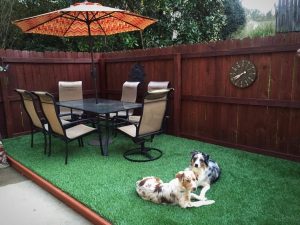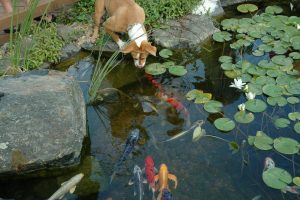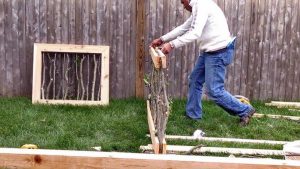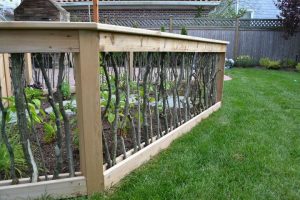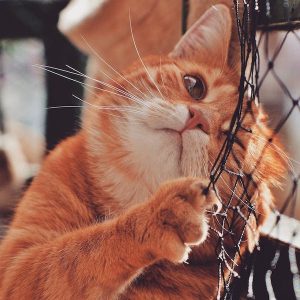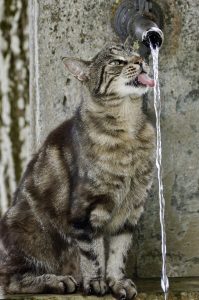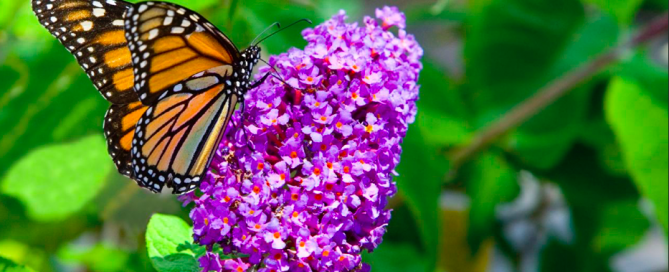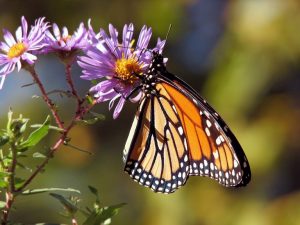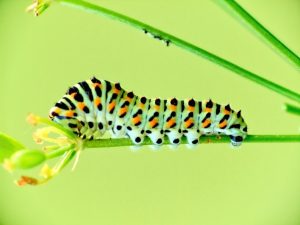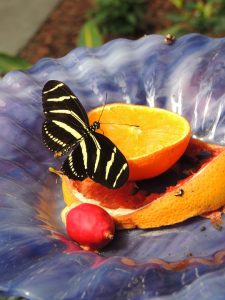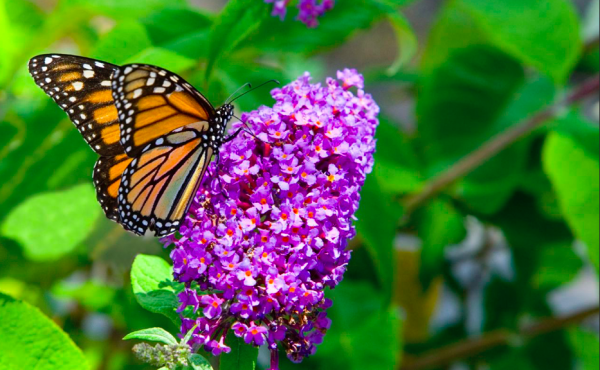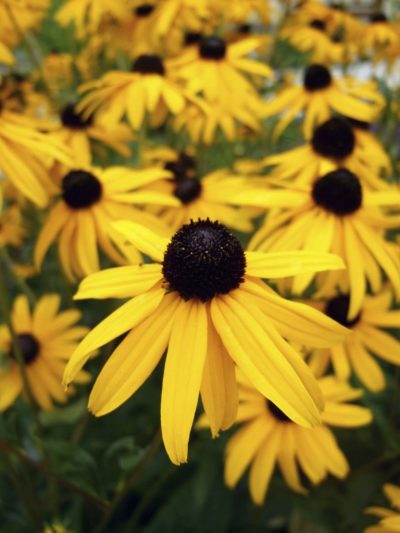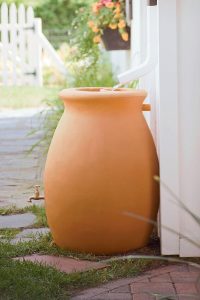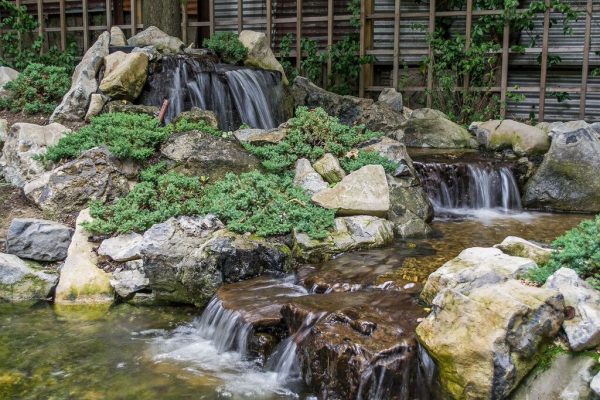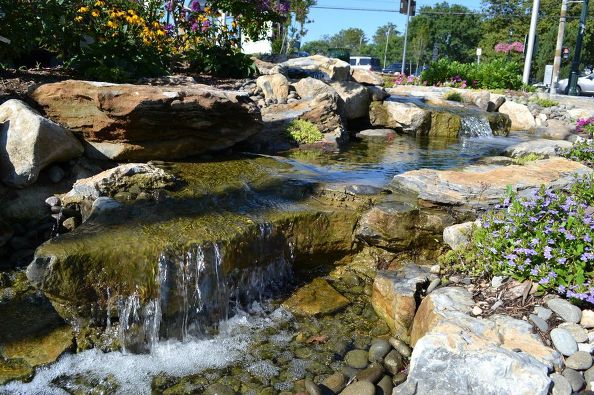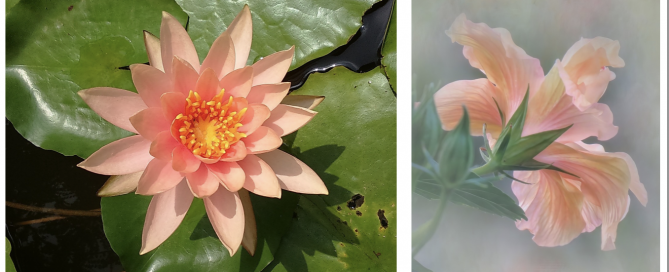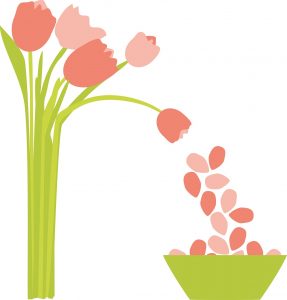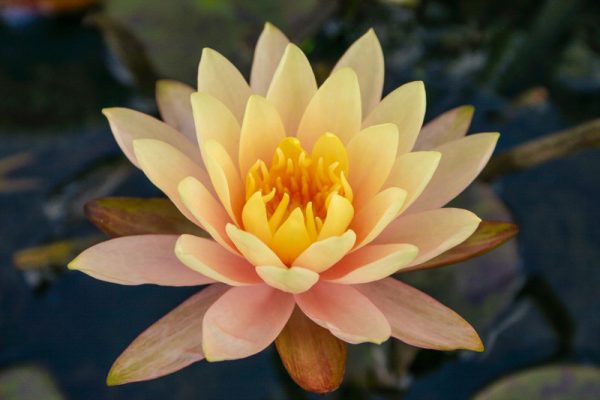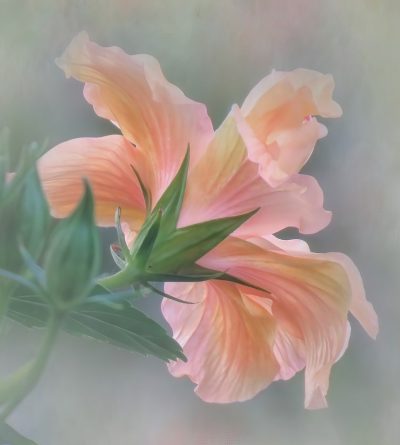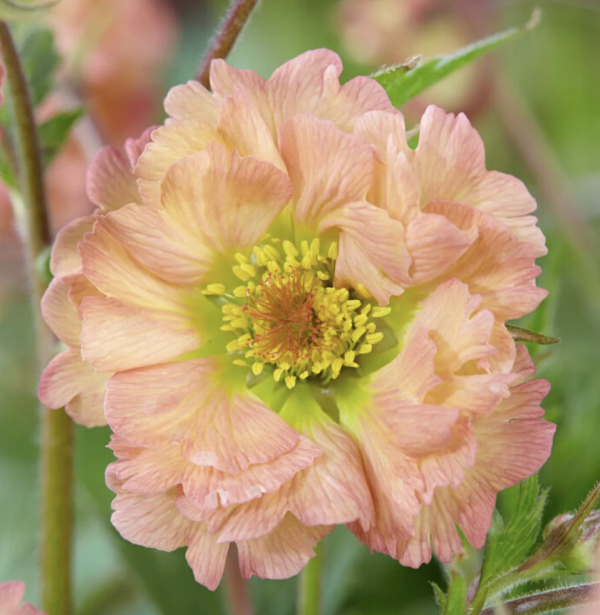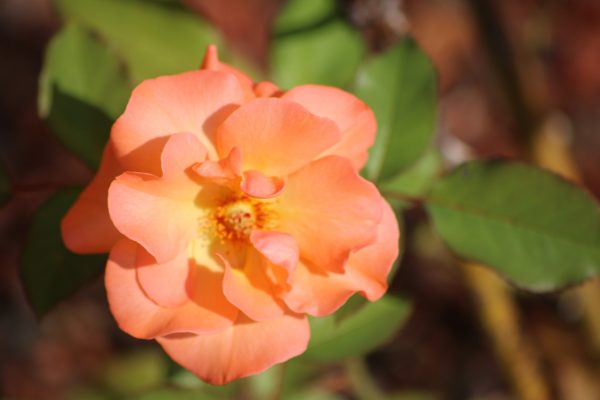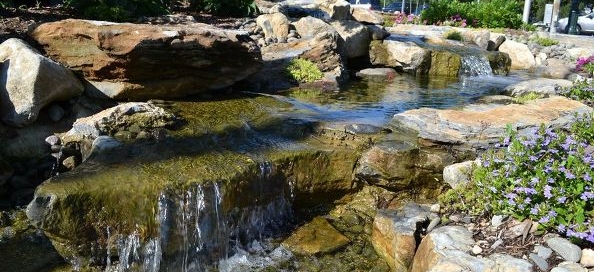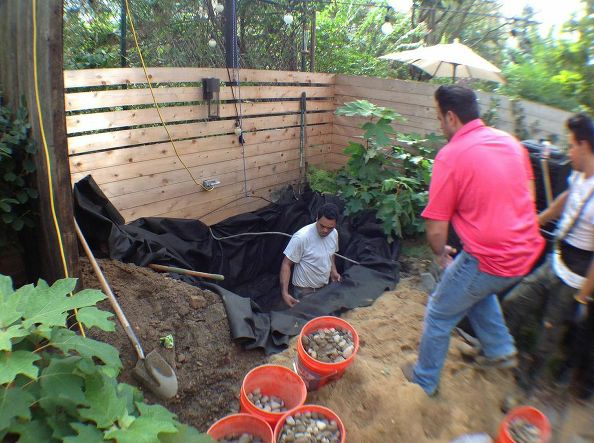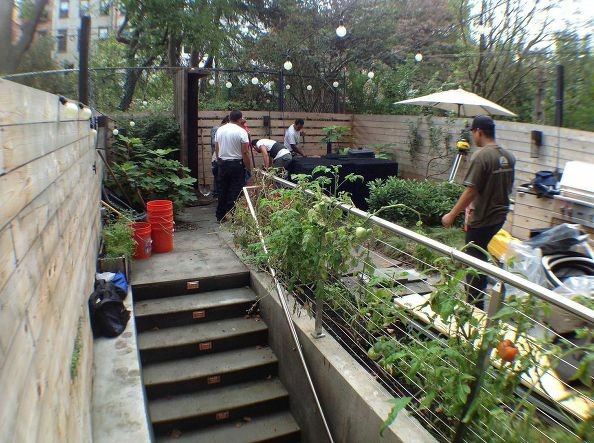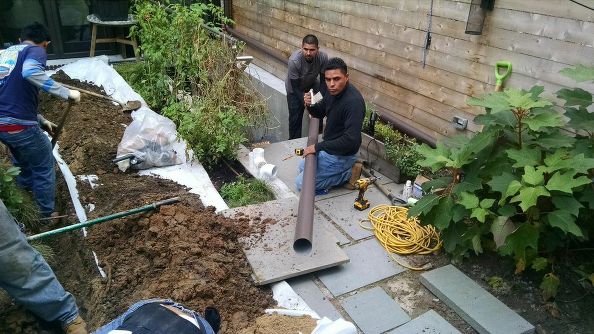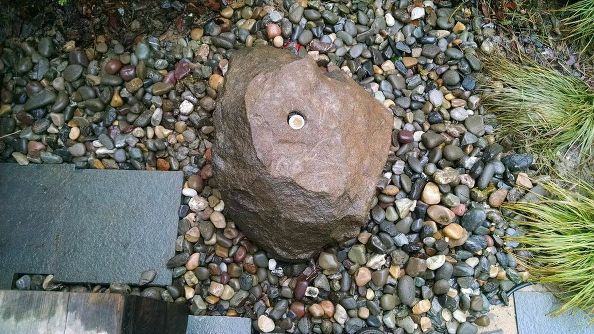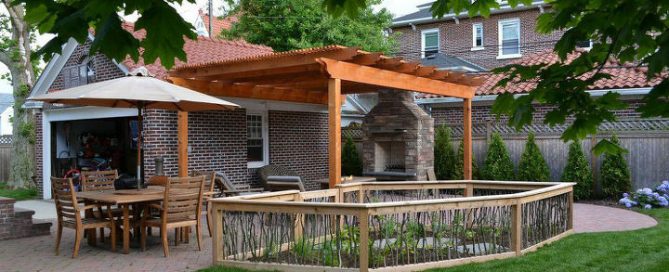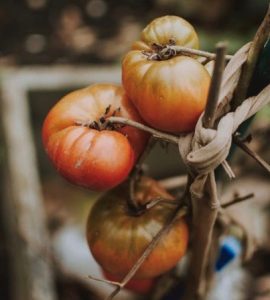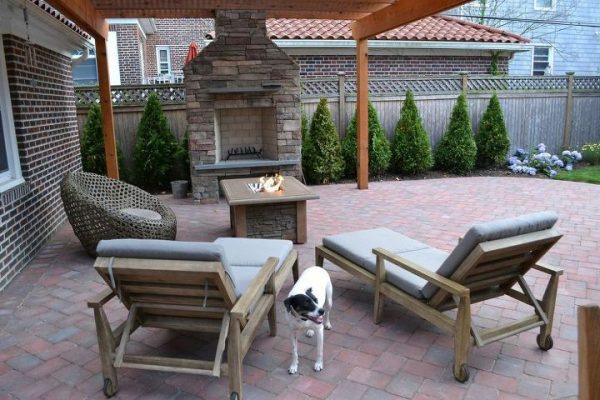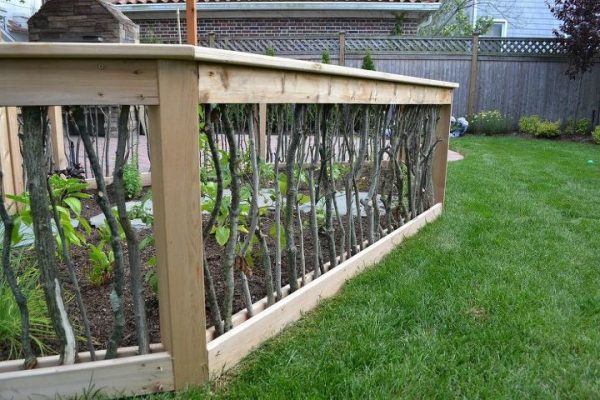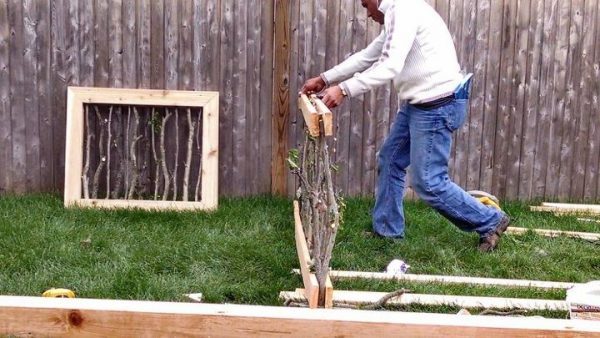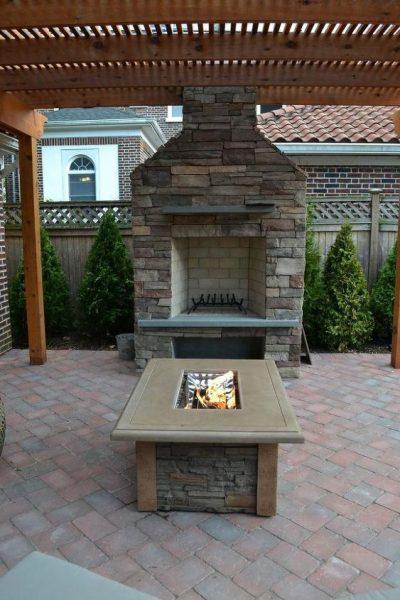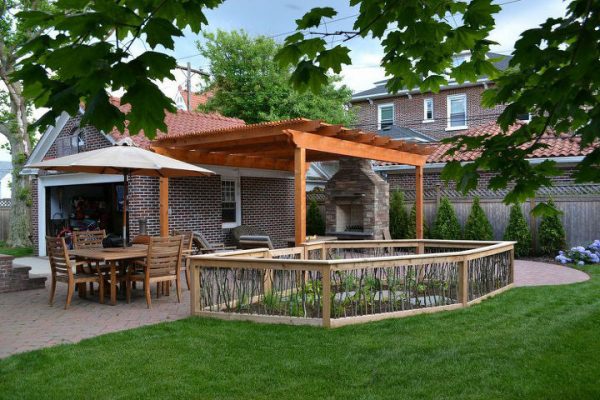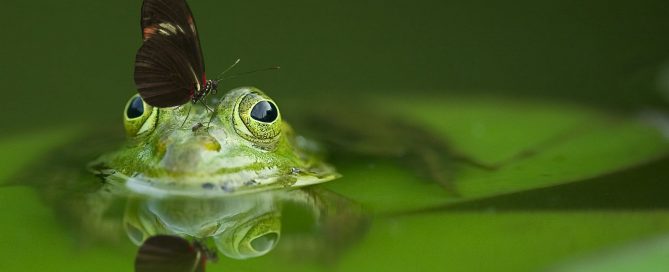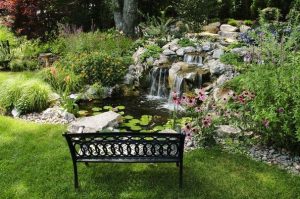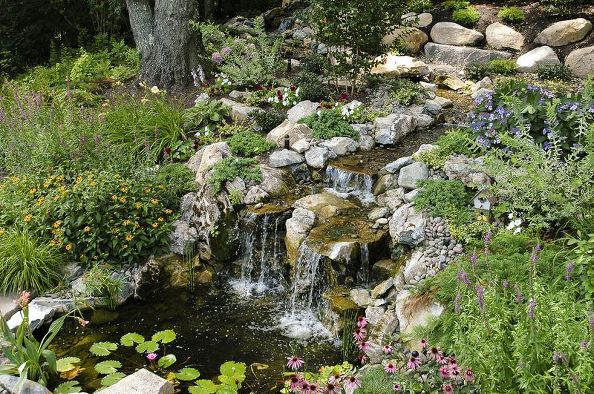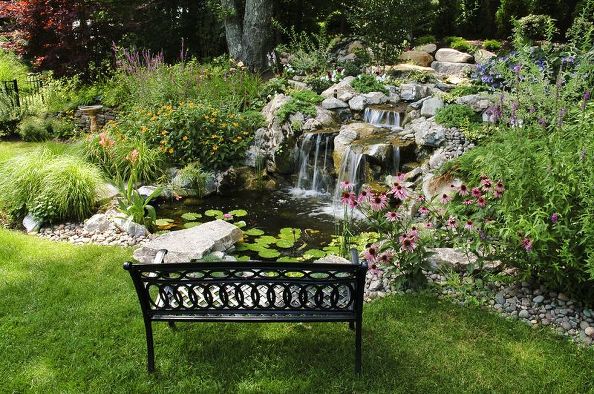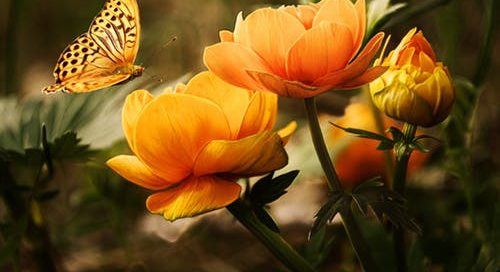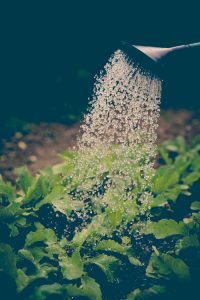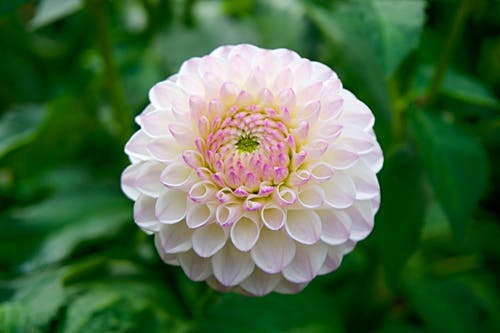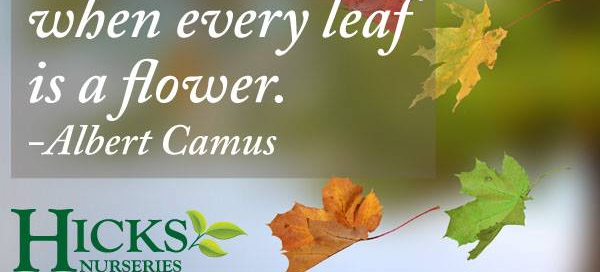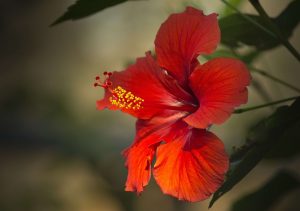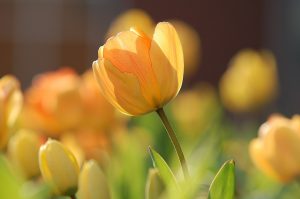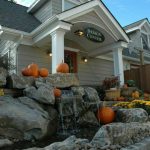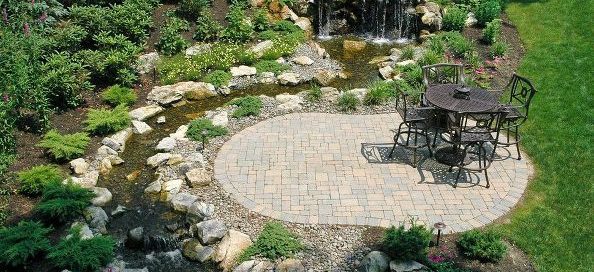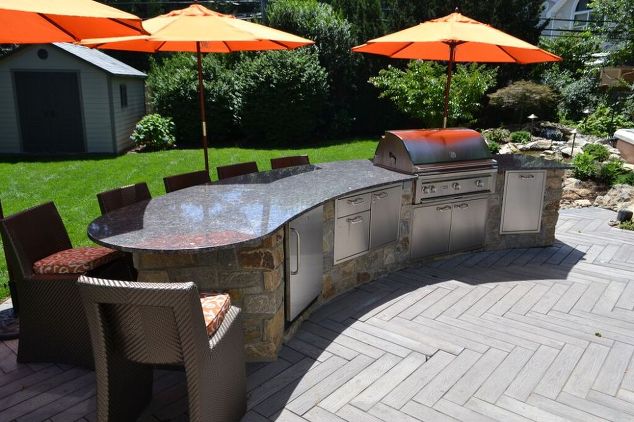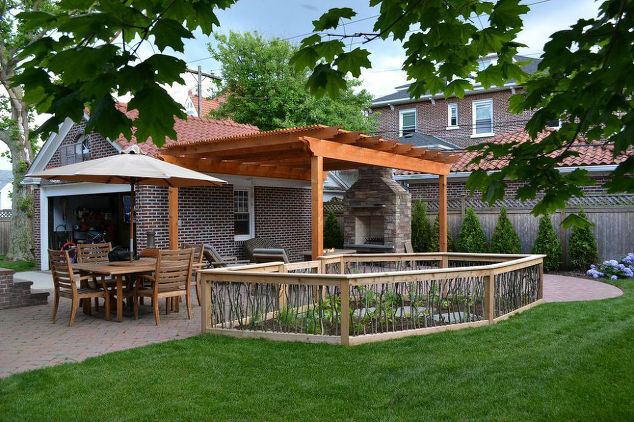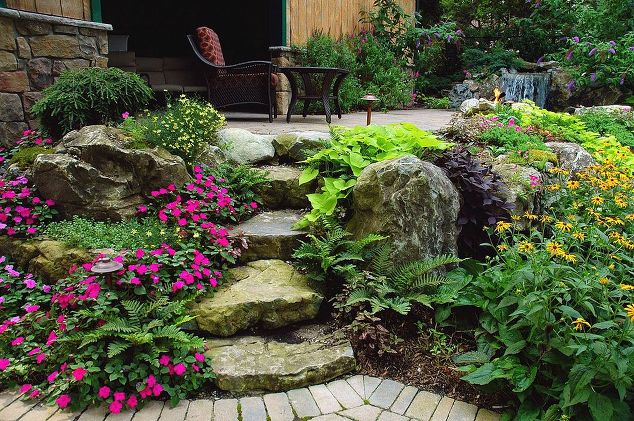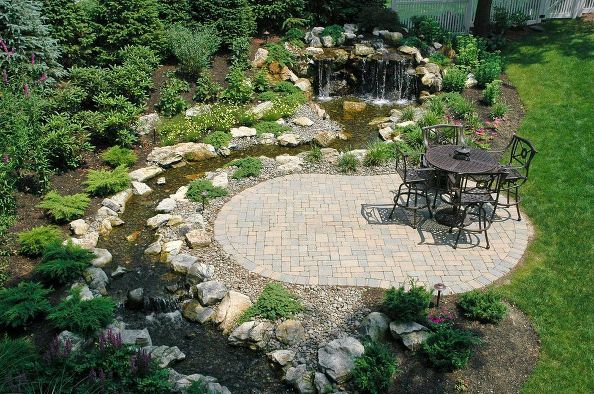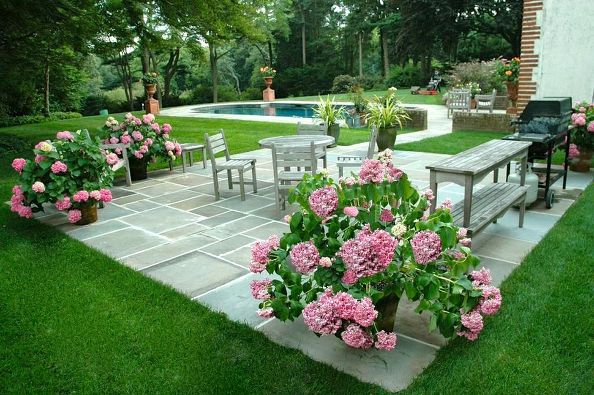Backyard Upgrades that Fido And Kitty Will Love
Like humans, dogs and cats love the outdoors. So today we’re all about backyard upgrades that Fido or Kitty will love.
Fido
- Synthetic Turf Dog Run
What’s not to love about synthetic grass? There’s no mowing. No watering. No weed pulling. Synthetic turf does not harbor fleas or ticks. It offers good drainage. Is kid-friendly — and above all, dog friendly. Not to mention your pet will not be exposed to chemicals or natural-grass pesticides that some believe cause allergies.
If that’s not enough reason to go synthetic for Fido, imagine no brown spots or holes to fill because of the dog’s activities. Plus, after a rambunctious outing, he’ll be as clean as he was before he went out — no tracking mud and dirt back into the house, even when the weather is bad. We also understand cleaning synthetic turf is quite easy.
There are a variety of manufacturers of turf grass. Our photo today is courtesy of SYNLawn. We want to thank them for sharing a photo of two best-pups relaxing on a dog run made from their synthetic turf.
2. Upscale Pet Playhouse
We’re highlighting this pet playhouse because, although it was built to be a donation, it highlights a growing trend for residential backyards. It was showcased along with other upscale pet playhouses at Long Island Builders Institute’s (LIBI) Annual Home, Trade and Remodeling Expo a while back. The playhouses were built by various LIBI members and were later donated to local town animal shelters.
This handsome playhouse is shaped like a dinosaur, which the team at LIBI describes as welcoming “any little animal who wants to play and rest.” It was donated to the Hempstead animal shelter. Cool, yes?
Thanks to LIBI for sharing it with us.
3. Good Pond Design
While Kitty may not be the best pet to have around a koi pond (not if you love your fish, too). But Fido will enjoy watching and not harm these friendly aquatic jewel companions.
Tip: As the weather warms, pond fish come out of winter hibernation. As koi lethargy turns to activity, inactivity in the family is also overcome. Children want to run outside and feed them. And Fido can’t wait to get up close and spend time watching his friends swim around.
4. Garden Fences
In recent years, there has been a huge surge in home vegetableSo, today, the garden fence idea we’re sharing is intended to help you keep Fido out of mischief.
This was on the mind of Deck and Patio clients — who brought us in to build a new patio, shade pergola, wood-burning fireplace, fire pit, landscaping etc. — also wanted a small herb/vegetable garden.
The only problem was the homeowners feared the larger of their two dogs would trample any garden they created. Some sort of fencing would be required. But they wanted something that didn’t detract from the limited natural space they had.
While considering our clients’ concerns, we were cutting down a large overgrown bush in the yard when a unique idea occurred to our project manager. A fence made from the old bush would offer a whimsical piece of natural design to the yard.
And speaking of fencing …
Kitty
5. Install a “catio”
Just like the name suggests, a ‘catio’ is a cat-patio. They can stand alone or be attached to one of your home’s doors or windows. In this way, the cat can go out and in when it chooses.
What you want for this space is an opened-framed enclosure that has walls. While some suggest chicken wire for this, a building expert known to this writer also happens to help run a cat shelter. He says be sure to choose 16-gauge galvanized fencing, because regular chicken wire leaves jagged edges and the kitties can actually get their claws stuck in it and hurt themselves.
For a wide variety of catio ideas we suggest the blogs by Catiospaces.
6. A Water Fountain for Kitty
Cats are notorious for being fussy about their water bowls. And forget about giving them a bath.
But did you realize they do like running water? They are smart enough to stay away from standing water which can grow bacteria while recognizing running water is fresh.
So providing Kitty some sort of gentle fountain outdoors will ensure your cat drinks more water during the day. And considering many cats don’t drink enough water, such a fountain solves that problem while providing an enjoyable sound for humans as well.
“We can build a special custom fountain for your yard,” says our own Dave Stockwell, “and we also have ready-made fountain kits that you can install yourself or we can install for you.”
7. Provide Hiding Spots
The upscale pet playhouse (shown above) is a good idea for cats as well. Creating warm, dark, enclosed spaces where your cat can get away to is just as helpful outdoors as indoors.
Outdoor scratching posts and something they can safely climb are also good ideas.
Cats, dogs, cows, pigs all love being outdoors. Even in winter! We thought all you pet lovers would enjoy a few moments of watching animals frolicking in the snow.


